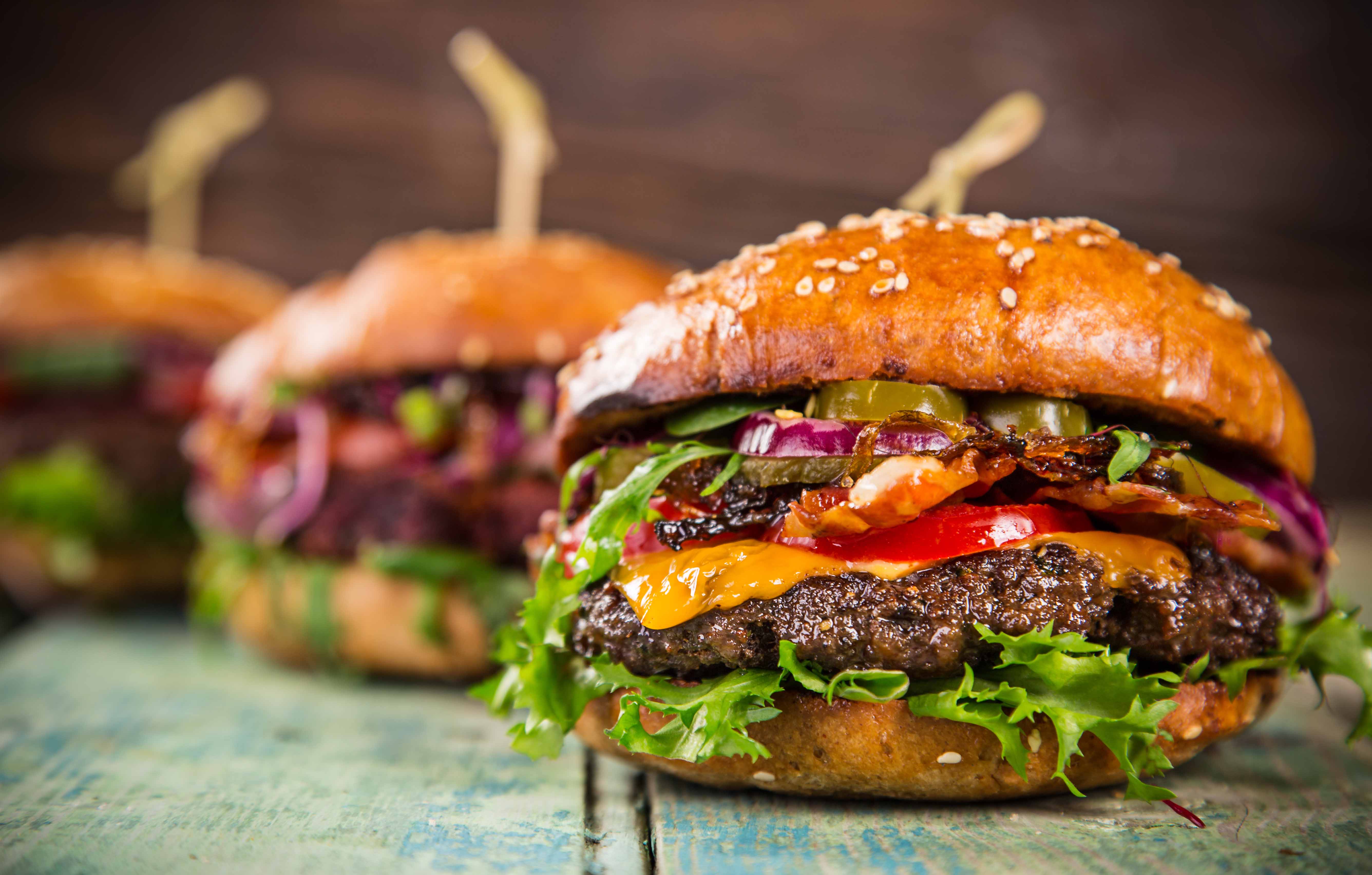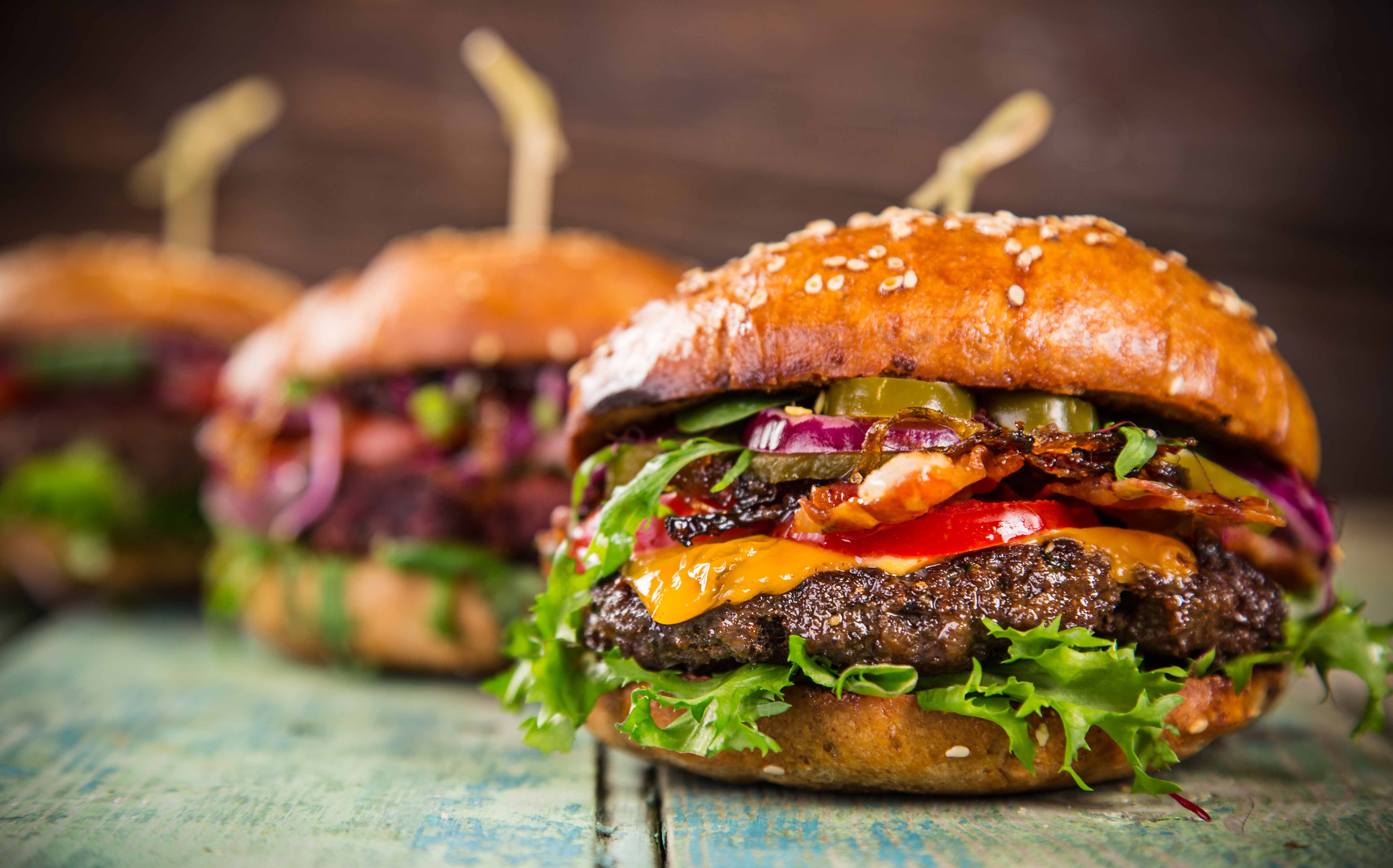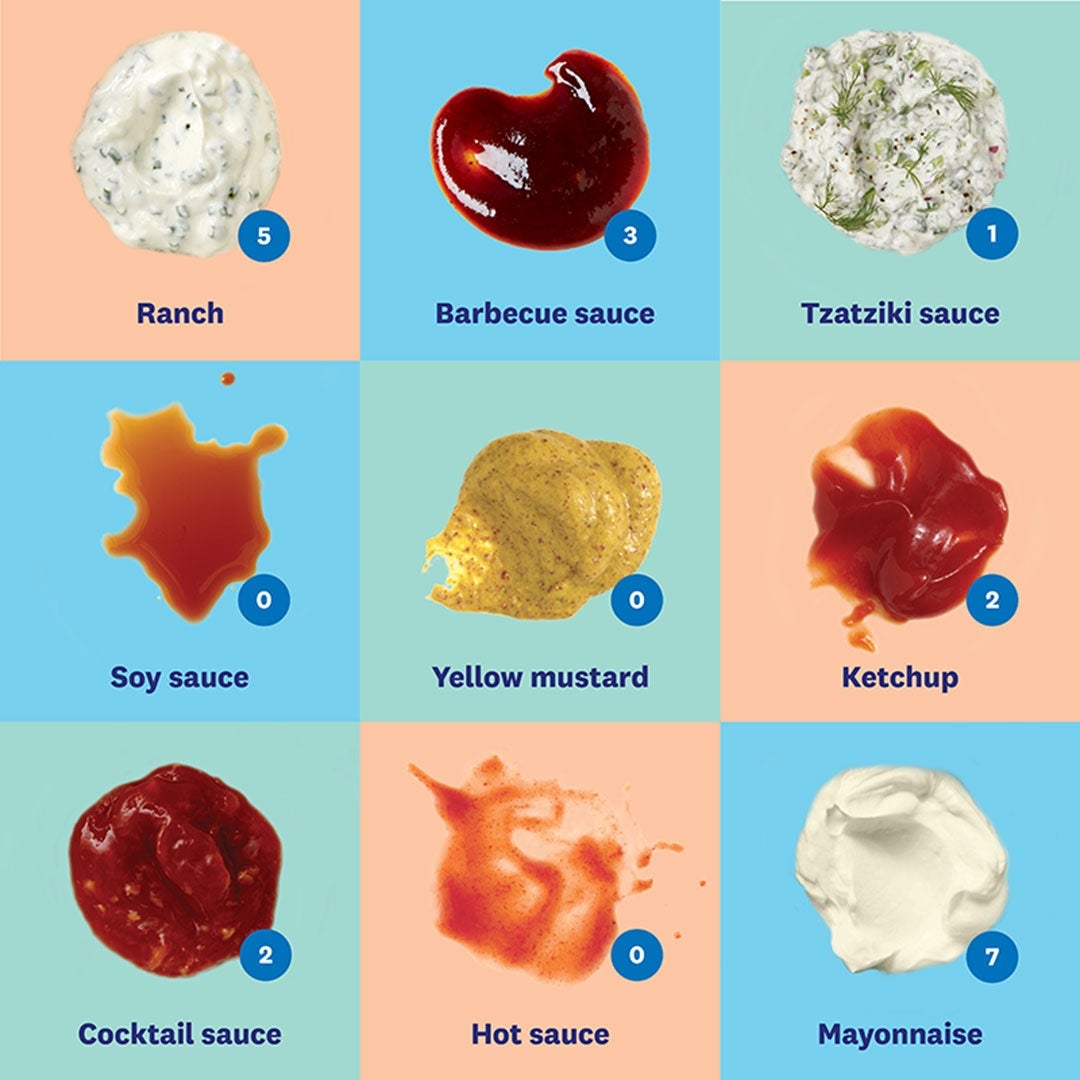The ultimate guide to making the perfect burger


What exactly is a perfect burger? For some people, it’s a thin patty and bun with cheese and ketchup. For others, a perfect burger is thick, encased in a toasted roll and topped with crunchy iceberg lettuce, a slice of tomato and a long list of condiments. Making your dream burger at home means that you can prepare it exactly as you like it while using high-quality, healthy ingredients. Whether you’re a seasoned burger maker or trying it out for the first time, these handy tips practically guarantee perfection every time.
Getting the correct meat to fat ratio
When you’re making burgers at home, it’s important to choose ground beef with the correct lean meat to fat ratio. This isn’t the place to skip the fat, it adds flavour, and it keeps chilled burger patties from falling apart. For the juiciest homemade burgers choose ground beef that has a ratio of 75-80 percent lean meat to 25-20 percent fat. For reference, 3 oz of cooked 75% lean ground beef is 6 SmartPoints. Too much fat will produce in a greasy burger while too little fat can result in a dry, flavourless burger.
Cooking with cast iron or on the grill
Cast iron pans are fantastic for cooking burger patties; they retain evenly distributed heat for a very long time and are non-stick if properly seasoned. * Cook burger patties over medium-high heat, for approximately 3-5 minutes on each side. To grill burger patties, heat barbecue to medium-high or allow coals to turn orange and become ashen. To prevent sticking, brush the burger patties with vegetable or grapeseed oil before grilling 3-5 minutes per side.
*To season a cast iron pan: Preheat the oven to 190°C (375°F). Brush the pan with vegetable, grapeseed or soybean oil and place it upside down in the oven, directly on the rack (place a baking sheet underneath to catch excess oil). Heat the cast iron pan for an hour and remove, allowing to come back to room temperature.
Choosing the right bun (and burger to bun ratio)
Whole wheat buns, brioche, potato bread, and Kaiser rolls—how do you choose the best bun for the job when there are so many options? Larger buns keep their shape and absorb excess liquid from even the juiciest of burger, keep them on hand when you plan on making extra-thick patties. Smaller, softer buns (like the kind that can be bought in 8-packs at the grocery store) are ideal for thin, smash burger-style burger patties.
Using good quality meat
The higher the quality of ground meat, the better your burger will taste. Look for grass-fed beef at your local butcher or grocery store. Grass-fed beef is not only tastier than grain-fed, but it’s also higher in omega-3 fatty acids and antioxidants. For special occasions and true burger aficionados, dry aged ground beef is worth the higher price tag—the aging process gives beef an extra hit of nutty umami flavour that intensifies upon contact with high heat.
Keeping your burger ingredients simple
The best burgers are made of simple ingredients: ground beef, salt and pepper. Season the ground meat after the patties have been formed and just before cooking. When salt is added directly to ground meat, it begins to break down meat proteins, resulting in dense burgers with an oddly smooth texture. As long as the ground beef contains the correct lean meat to fat ratio, there shouldn’t be any need for fillers such as breadcrumbs, eggs, milk or onions (which burger purists would argue are better suited for meatloaf or meatballs).
Forming the best burger patties
Whether you choose the smash burger method or the flattened patty technique, these simple tips will yield the best burger patties:
- Don’t overwork the meat. Use as light a hand as possible when forming the individual patties. Wet your hands with cold, clean water and gently press the meat together just until it sticks. Overworking the ground meat will result in tough, overly dense burgers when cooked.
- Chill the hamburger patties for 20 minutes before grilling. The chilled fat will harden and hold the burger patties together as they’re being cooked (and will prevent burger pieces from falling through the grate and into the flames if you’re cooking outdoors).
- Make the burger patties all the same size. This will ensure even cooking and prevent accidental under- or overcooked burger anomalies. 2-3 ounce burger patties will cook up quickly and are ideal for sliders or burgers with two patties. Burger patties weighing between 4 and 6 ounces need to be cooked longer and are right at home in a larger bun or roll with all the fixings.
Check out our handy condiments cheat sheet for easy SmartPoints reference!

